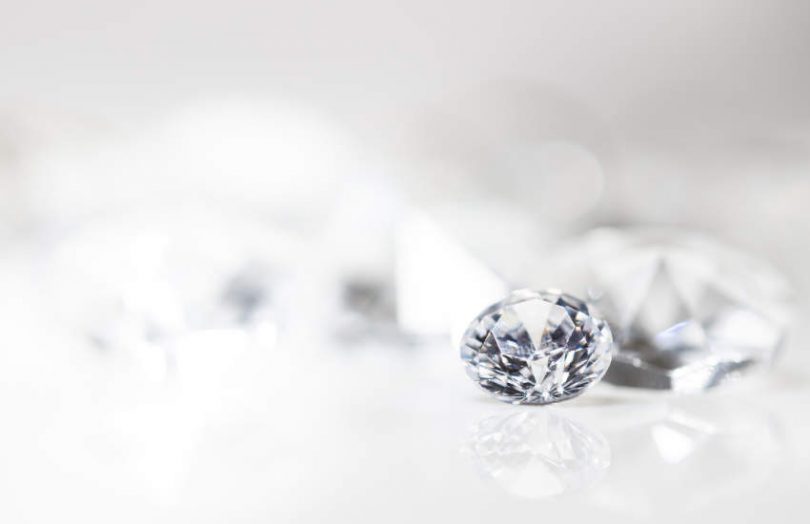Yesterday De Beers said that Tracr, its diamond provenance blockchain, has been rolled out at scale. The platform enables the diamonds to be tracked from the mines through to consumer purchase. The news follows the recent adoption of another solution by a major luxury consortium and the resolution of a legal case related to Tracr’s technology.
Most traceability platforms have dual aims of proving the authenticity of the object, diamonds in this case, and ensuring they are ethically and sustainably sourced. The immutability of blockchain helps with that.
Tracr was first announced in December 2017, and four years ago, De Beers shared that 100 diamonds had been tracked in a pilot. Apart from traceability, the platform is permissioned, allowing participants to share data only with the parties that it chooses.
De Beers said that it had already used the solution for a quarter of the value sold to three jewelers. The platform is capable of adding one million diamonds a week.
“De Beers discovers diamonds with our partners in Botswana, Canada, Namibia and South Africa and, with our long-term investment in Tracr, we are proud to join with our Sightholders to provide the industry with immutable diamond source assurance at scale,” Bruce Cleaver, CEO, De Beers Group.
“Tracr, which will enable the provision of provenance information from source to Sightholder to store on a secure blockchain, will underpin confidence in natural diamonds and represents the first step in a technological transformation that will enhance standards and raise expectations of what we are capable of providing to our end clients.”
Competition
In the early days, De Beers planned for Tracr to be an industry platform and its biggest competitor, Russia’s ALROSA, piloted the solution before eventually contracting with startup Everledger.
The timing of Tracr’s scaling up announcement coincides with luxury blockchain consortium AURA opting for another solution. AURA’s members include many of the world’s high profile jewelers, such as Cartier and Bulgari. To date, AURA has mainly focused on apparel and accessories, but last week AURA announced it was partnering with Sarine Technologies for diamond provenance.
Litigation
It’s unclear whether Tracr’s roll out was held up by litigation. A patent legal case relating to Tracr was resolved in De Beer’s favor at the end of March. To develop Tracr, De Beers partnered with Boston Consulting Group (BCG). During the project, it gained input from a staff member who was not working directly on the project, Max Rady. He ‘confidentially’ shared details about a patent he was filing relating to using blockchain and 3D optical identification to create digital twins, including for gemstones. He was subsequently fired by BCG.
In March 2020, the former BCG employee sued BCG and De Beers for patent infringement and misappropriation of trade secrets. De Beers requested dismissal of the infringement case on the grounds the patent was invalid. The judge concurred, essentially because there was insufficient inventiveness in the patent.






